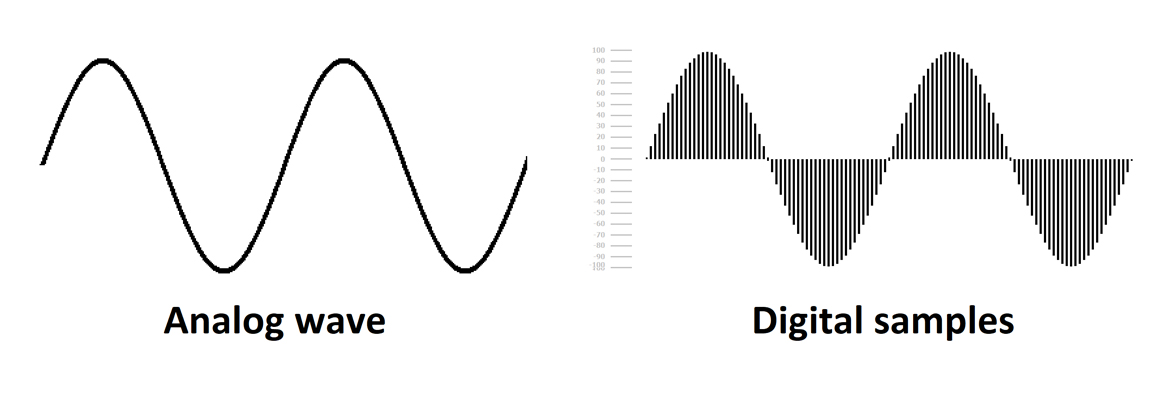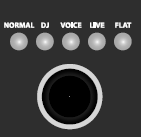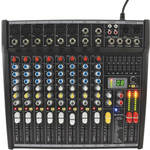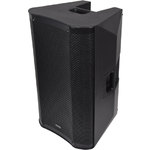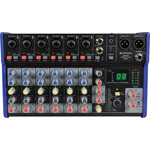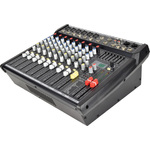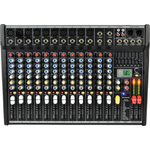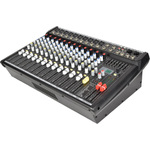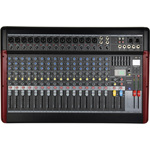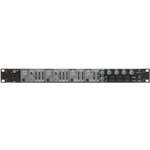As with Delay, there are several types of Reverb, mostly describing the space they are trying to emulate:
Hall reverb, as the name suggests, emulates the ambience of a hall with a dull sound and long Decay.
Room reverb emulates a room, which is smaller than a hall and so has a shorter Decay.
Cavern reverb emulates a cavern and can be much more layered and longer than a Hall reverb.
Plate reverb simulates a studio effect which uses transducers on a metal plate to produce reverb.
Spring reverb simulates a guitar amp effect which uses transducers and metal springs to produce reverb.
Gated reverb is similar to a Room reverb with a gate to produce a hard cut-off of the reverb signal.
Reverse reverb builds inverted repeat layers up from nothing rather than decaying from loud to quiet.
Vocal reverb is a generic reverb type designed to be most useful for singers.
Ambient reverb is usually a dulled (reduced high frequencies) reverb type to provide some pad to a mix.
Early Reflections are short delays that form the first part (or Attack) of a reverb, here used on their own.

